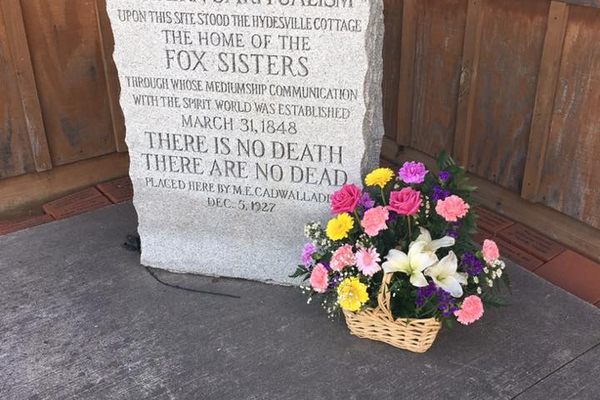About
While the Science Institute may not immediately sound like a fascinating place to a non-scientist, within these library and museum walls lay some fascinating books, instruments, and rather dark histories that uncover the stories behind science.
Though most people associate chemistry with a 1950s-era lab-coated scientist, it has a much longer and fascinating history that grew out of the strange activities of medieval alchemists. Alchemy—or al-kimia, meaning "the art of transformation"—became chemistry in the 1700s when Robert Boyle published "The Skeptical Chymist" emphasizing the scientific method. But the focus on understanding matter and how it changes is still very much at the heart of chemistry.
Exhibits include Transmutations: Alchemy in Art and Making Modernity. Events range from carnivorous plant feeding to monthly drop-in tours and wiki salon.
The Institute has one of the world's best chemistry-related collections, with significant instruments, antique chemistry sets, glassware, and publications ranging from the social impact of nanotechnology to alchemy’s influence on modern science. And if you happen to have a Bendix Time-of-Flight Mass Spectrometer, AA 1 Autoanalyzer, or RCA Electron Microscope Model EMB laying around, bring them by. The Science History Institute would be very happy to see them.
Related Tags
Community Contributors
Published
October 19, 2009































